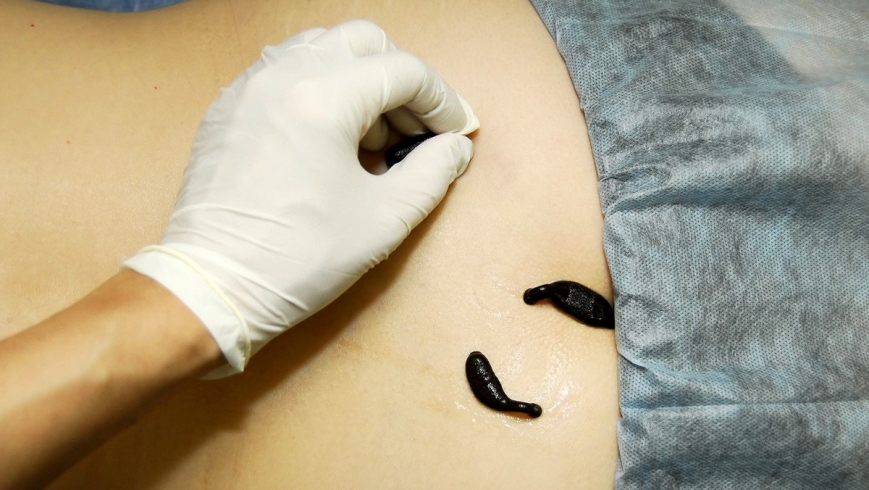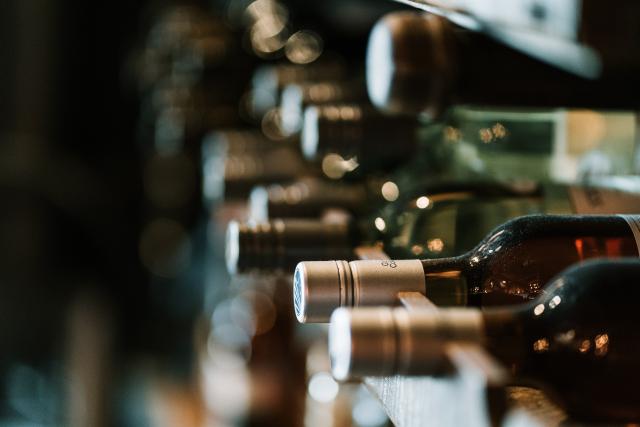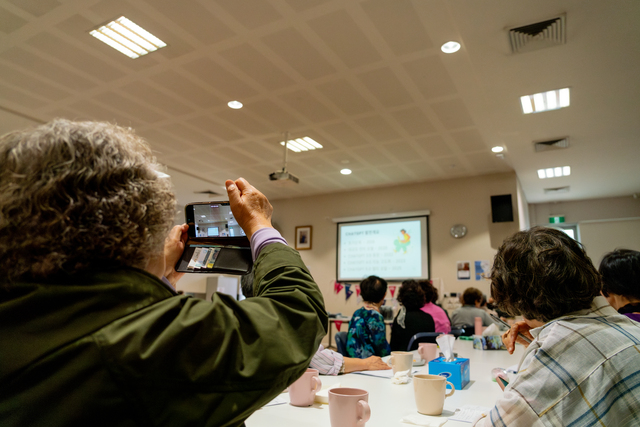Recent appearances by actress Demi Moore looking remarkably fresh-faced and fit approaching age 51 have me wondering whether she is still using leeches.
A few years back, Moore publicly spruiked the benefit of leeches to “detoxify” her blood, telling US TV chat show host David Letterman she believed it was a “cutting- edge” beauty treatment.
To Letterman’s grim fascination, she went on to describe letting leeches feast on her.
“You watch it swell up on your blood, watching it get fatter and fatter – then when it’s super drunk on your blood it just kind of rolls over like it’s stumbling out of the bar.
“I feel very detoxified right now.”
This led to one of the more curious assignments of my reporting career, and to the doorstep of Australia’s one and only leech farmer.
When asked about leeches and Moore’s bizarre beauty routine, Brian Woodbridge made it pretty clear who he thought was the real sucker.
“I tell you what, I have been bitten by a few leeches in my time and it hasn’t made me look any younger,” the north central Victorian aquaculturalist chortled.
“And you want to be careful where your leeches come from. There is one species that lives in the nose of a camel and another one that lives in the other end of a hippopotamus – I don’t know whether Demi Moore knows that.”
The species of leech bred by Woodbridge and his wife Carol is the very handsome Richardsonianus australis. Distinguished by its red and white stripes and superior sucking ability it is the standout of some 40 species of Australian leeches.
They have been highly prized since the earliest days of the colony and once helped support scores of families who gathered them from around Barmah and Moira Lakes.
But medieval leech treatments, once regarded as a cure-all and responsible for rivers of blood-letting, fell out of favour as modern science provided more sophisticated interpretations of disease than “bad blood”. By the 1960s and ’70s, the therapeutic use of leeches was all but abandoned in Australia and the leech gatherers became a historical footnote.
Fast forward to 1991 when Woodbridge, one of the pioneers of commercial yabbie and freshwater fish farming, found himself seated next to a plastic surgeon at a dinner party.
Long story short, the leeches’ medicinal role was revived.
Today, Woodbridge provides his “livestock” to hospitals across Australia where the leeches have a variety of applications from reconstructive surgery – helping damaged tissue regain normal blood flow – to reducing pain and inflammation caused by osteoarthritis, varicose veins and thrombosis.
“We send them everywhere now, even to Canberra. You would think there would be enough leeches up there,” the laconic leech farmer laughs.
Hirudin, a peptide produced by the saliva glands of medicinal leeches (or hirudinea as they are scientifically known), has long been known for its powerful anti-coagulating properties and is now commercially synthesised.
In fact, leech spit boasts so many anti-coagulant, anti-inflammatory, vasodilating, clot-busting and anaesthetic properties, it’s strange – notwithstanding Demi Moore as a poster girl – that these wonderful worms suffer such bad press.
You could say it kinda sucks.







